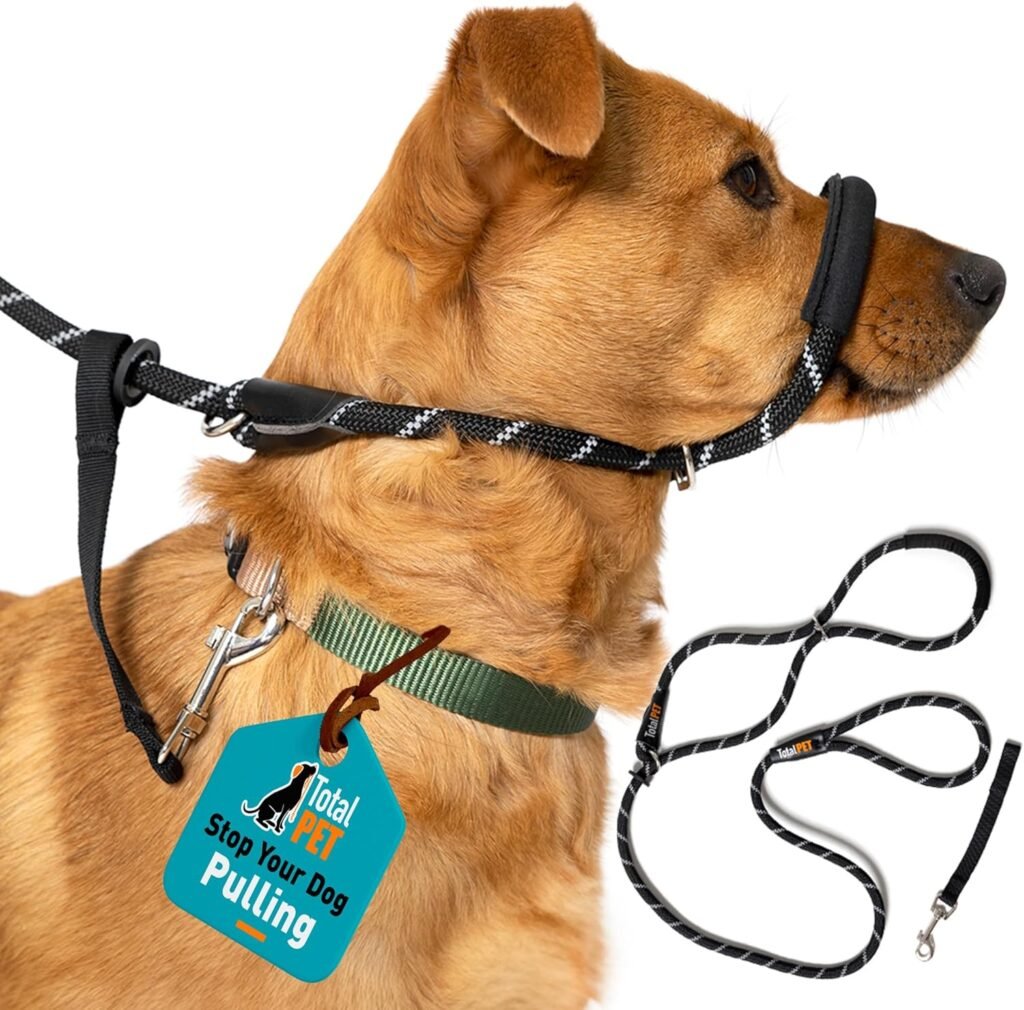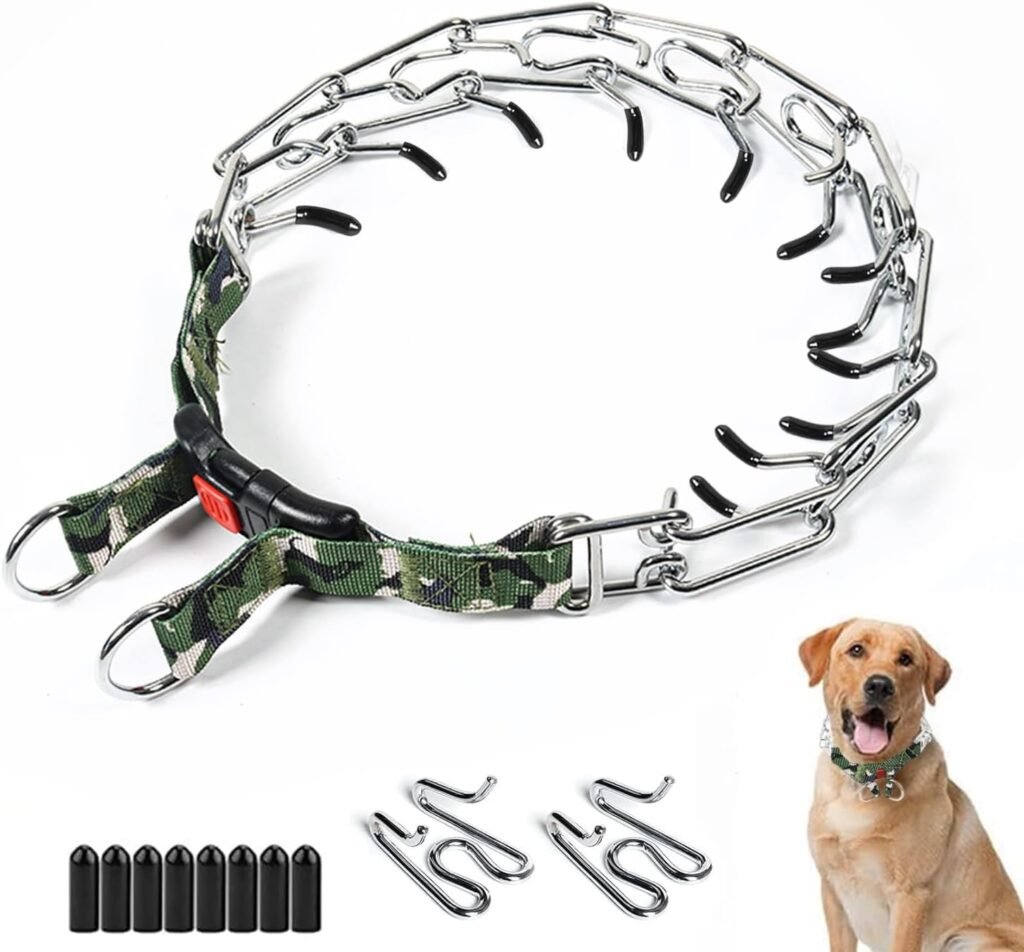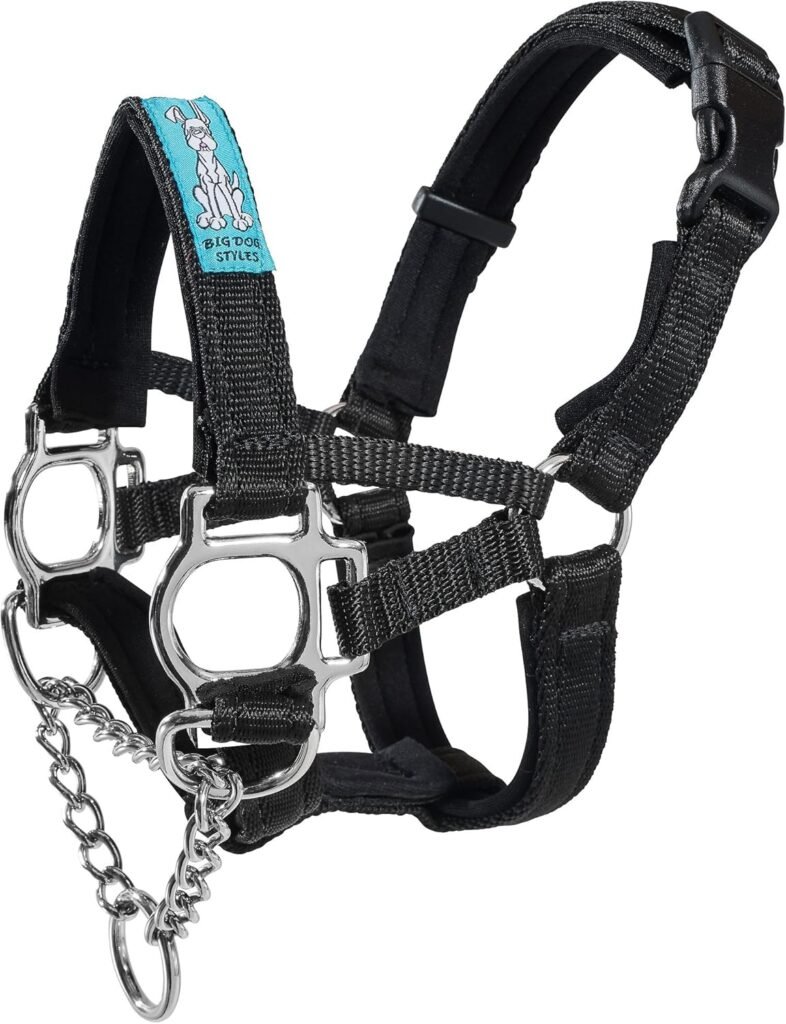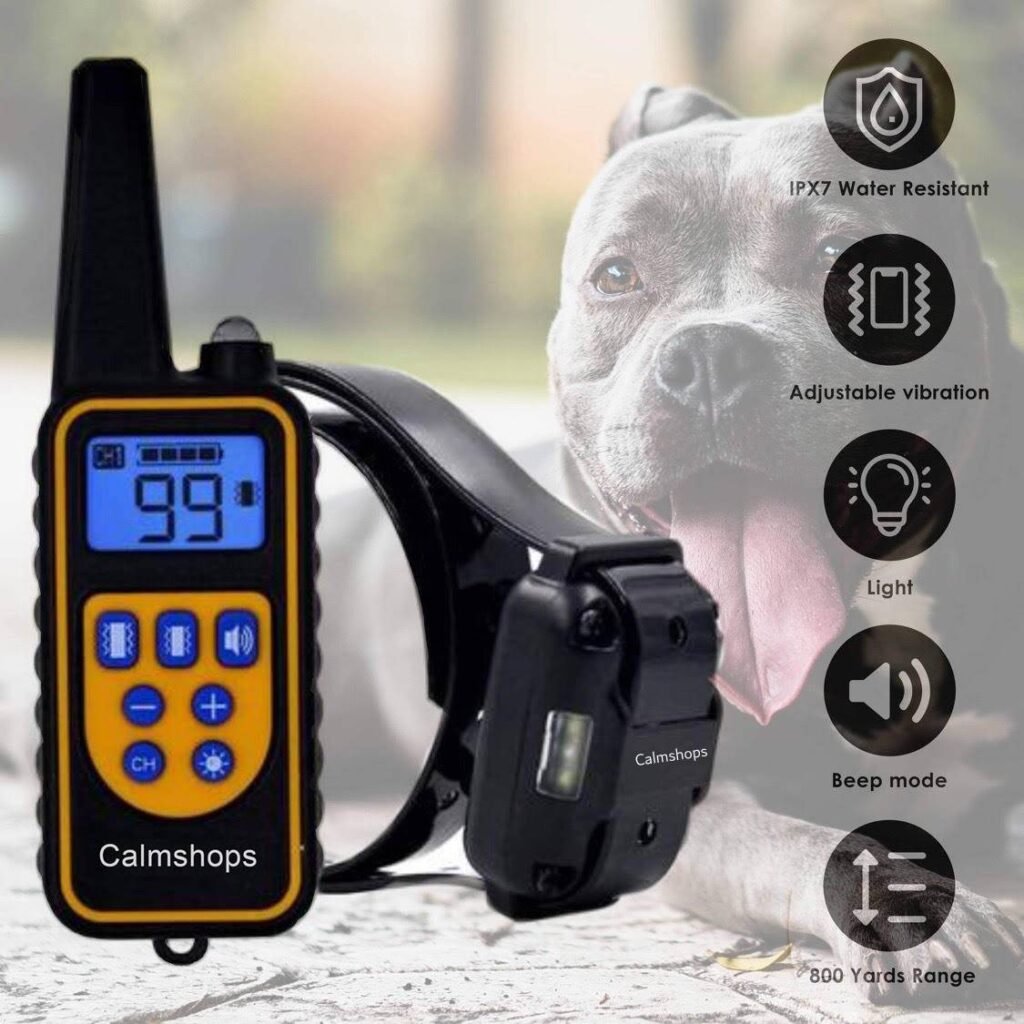Training your dog can sometimes feel like a huge challenge. Whether you’re working with a young pup or an older rescue, finding the right tools can make all the difference. One of the most debated and important tools is the dog collar. If you’re asking yourself, “What dog collars can help me to train my dog? Are choke collars cruel?” you’re definitely not alone. Let’s dive deep into the world of dog collars and explore their pros and cons.
Standard Flat Collars

The standard flat collar is probably the most common type you’ll see on dogs. You can find them in large variety on Amazon, eBay or other websites.
Pros ✅:
- Great for everyday use
- Comfortable and widely available
- Easy to attach ID tags
Cons ❌:
- Not ideal for strong pullers
- Can put pressure on the trachea if the dog pulls excessively
Choke Collars

Choke collars, also known as slip collars, tighten when the dog pulls. They’re often used in obedience training.
Pros ✅:
- Provides immediate correction
- Effective for very strong, stubborn dogs when used correctly
Cons ❌:
- High risk of misuse leading to injury
- Can cause fear or anxiety if not introduced properly
- Many trainers consider them outdated
Are Choke Collars Cruel?
It depends largely on how they are used. Improper use can definitely be cruel. Applying too much force or using it without proper training can injure your dog’s neck and trachea. Modern training methods typically favor positive reinforcement over choke collars. So, unless you’re working with a highly skilled trainer, it’s often better to avoid them.
Figure of 8Dog Cllars

Martingale collars, also known as 8-figure collars, are a gentler alternative to choke collars. They tighten slightly but not enough to cause harm. Amazon link here.
Pros ✅:
- Prevents dogs from slipping out
- Gentle correction without choking
- Popular for sighthounds with narrow heads
Cons ❌:
- Still tightens under pressure
- Needs proper sizing to work effectively
Vibrating Collars
Vibrating collars are a more modern tool, often used for deaf dogs or as a gentle correction.
Pros ✅:
- Non-painful correction
- Great for deaf dogs
- Adjustable vibration levels
Cons ❌:
- Not effective for all dogs
- Some dogs might get scared by the vibration initially
Tip: If you are considering a vibrating collar, check out our dog training collars at Calmshops.co.uk, which include vibration-only options.
Automatic Collars (Anti-Bark Collars)
Automatic collars work without needing manual control. Bark collars, for example, react to barking.
Pros ✅:
- No manual activation required
- Helps correct nuisance barking
Cons ❌:
- Can activate accidentally
- Might confuse your dog if not paired with other training methods
Note: At Calmshops.co.uk, we recommend pairing these collars with positive reinforcement to maximize training success.
Citronella Spray Collars
Citronella collars spray a burst of citronella when the dog barks or misbehaves. Dogs generally dislike the smell.
Pros ✅:
- Humane alternative to shock collars
- Effective for many barkers
- No physical pain involved
Cons ❌:
- Some dogs get used to the spray
- Can be less effective for very stubborn dogs
If you’re interested in this humane option, we offer citronella spray collars with free 30-day returns — perfect if you want to try it out!
Prong Dog Collars

Prong collars, or pinch collars, have metal prongs that apply pressure around the dog’s neck. Amazon link here.
Pros ✅:
- Offers strong control over large, powerful dogs
- Designed to mimic a mother dog’s correction
Cons ❌:
- High risk of misuse
- Can cause injury if pulled harshly
- Negative perception among many trainers
While prong collars can be effective when used under the supervision of a professional, they are not recommended for novice dog owners.
Head Collars

Head collars (like the Halti or Gentle Leader) fit around your dog’s nose and neck, giving you control over head movement. You can find them on Amazon
Pros ✅:
- Excellent for strong pullers
- Reduces pulling immediately
- Humane when fitted correctly
Cons ❌:
- Takes time for dogs to adjust
- Some dogs may dislike wearing them
Which Collar Is Best for You and Your Dog?
When asking, “What dog collars can help me to train my dog?” the answer really depends on your dog’s personality, training goals, and your own level of experience. For most owners, starting with positive reinforcement and gentle tools like martingale or vibrating collars is a safe bet.
If you’re unsure which collar suits your dog, feel free to contact us at or take a quiz with the right question that will show you the correct answer: A quiz at calmshops — we’re always happy to help guide you toward the best training solutions!






Pingback: How to Train Your Dog: How to Train a Dog to Sit -